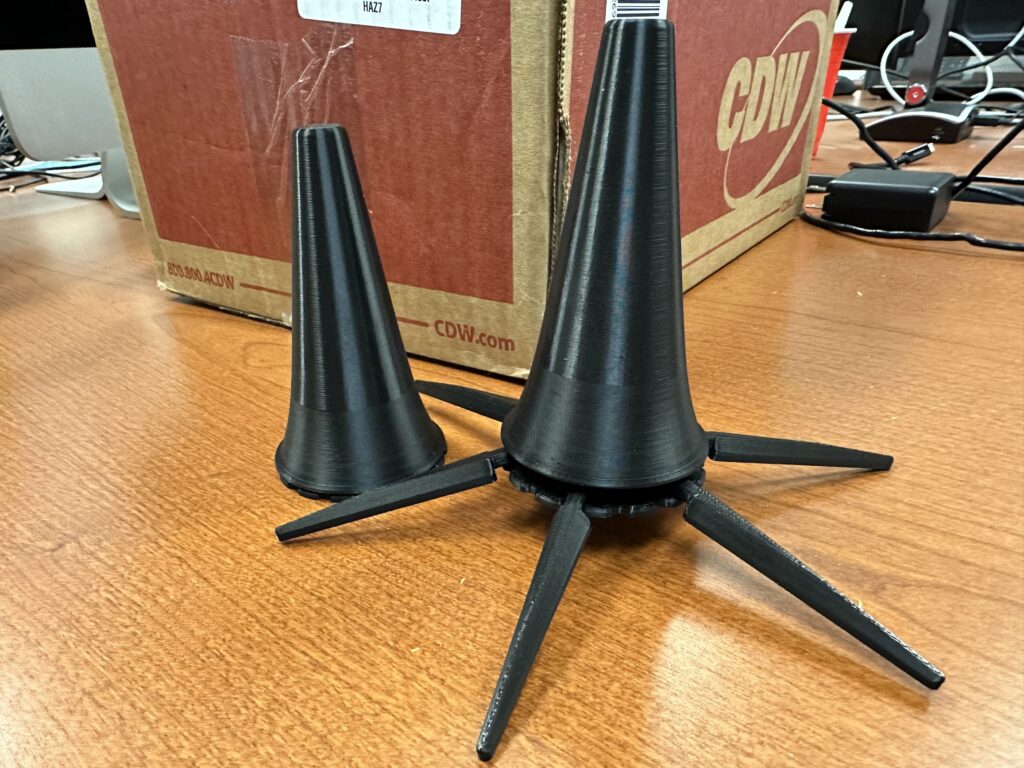This solo is based on a Blues (in “D”), a basic form very important for the musical development of any jazz musician and, moreover, is for intermediate players thus approachable by the majority of those interested.
Some considerations about this solo are listed below:
- Note how each chorus begins with a melodic line that lasts four bars and it’s repeated the next four bars. This is a typical approach to the blues. Some would play the same line for the whole extension of the chorus (generally twelve bars).
- The way he approaches the second chorus resembles a lot the style of the saxophonist Johnny Hodges.
- The “glissato” as a main clarinet feature (thanks to its acoustic characteristics) and a technique sometimes overused by a whole generation of clarinettists of the past or with styles influenced by Dixieland, New Orleans, 40s swing, etc. Lots of “contemporary” clarinet-players tend to avoid this overuse trying to have a wiser use of it.
- Besides a minimum use of ghost-notes, there is a very little use of certain kind of dissonances indeed (altered fifth or ninth, etc.) except for some chromatic passages at the end of the solo or for the 5th and 6th bar of the second chorus where we encounter a sharp-fourth caused by the repetition of a pattern which comes form the beginning of the chorus and is set in “D” major.
- Note the complete absence of the so-called Blues Scale. We encounter a minor third (blue note) at the end of the solo caused by a small pattern where there is the repetition of an ascending half-tone.
NB: The score is meant to be for “Bb” instruments

